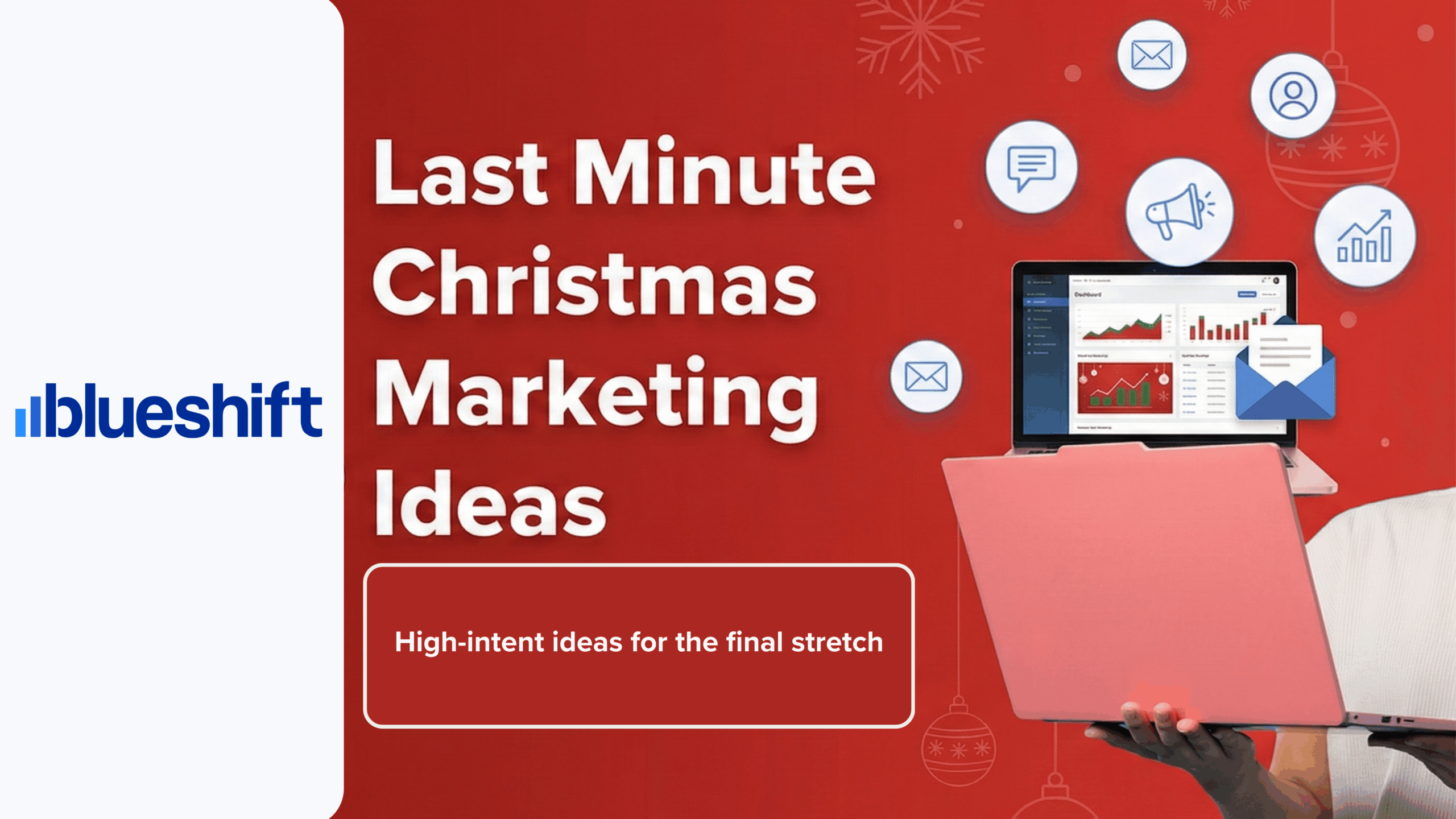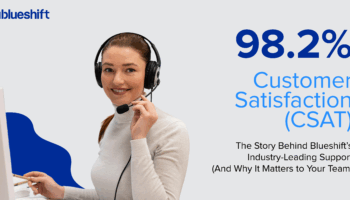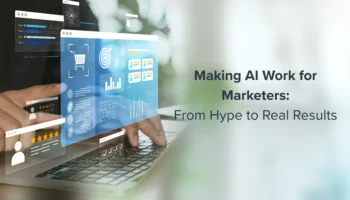Personalization goes well beyond simple first-name customization, and there’s no denying that the era of one-size-fits-all approaches is long gone. Brands must demonstrate a genuine understanding of their customers’ needs and cater directly to them.
AI plays a pivotal role in enabling marketers to personalize 1:1 messages for millions of customers, making it not only possible but easy. Predictive recommendations effortlessly match customers with the most relevant products and content. For retail and e-commerce marketers, this presents a valuable opportunity to design customer journeys that incorporate highly relevant, dynamic product recommendations in real time.
Recommendations leverage data from extensive catalogs and are based on each shopper’s affinities, search and browsing activity, purchase history, and more.
Ahead of Black Friday and the bustling holiday season, AI-powered recommendations prove to be especially beneficial for retail marketers. The high volume of customer activity during this time presents a challenge when it comes to delivering personalized experiences. However, AI alleviates this by automating the process of analyzing vast amounts of customer data and generating 1:1 recommendations. This enables marketers to not only meet customers’ heightened expectations for personalization but also capitalize on the increased traffic and sales opportunities during this critical period.
With readily available recommendation recipes for top industry use cases, like abandoned cart, cross-sell, and back-in-stock, this process becomes even easier. Brands like Sweetwater, a leading online music retailer, use product and content recommendations in their abandoned cart campaigns, welcome series, weekly newsletters, and more.
In fact, in our recent webinar, Jeff Ekblad, Vice President of Marketing at Sweetwater, shared that Sweetwater saw a 39% increase in order rates using AI-powered recommendations in their weekly content newsletter. By delivering personalized experiences retailers can stand out from the crowd, drive results, and build long-lasting customer relationships.



